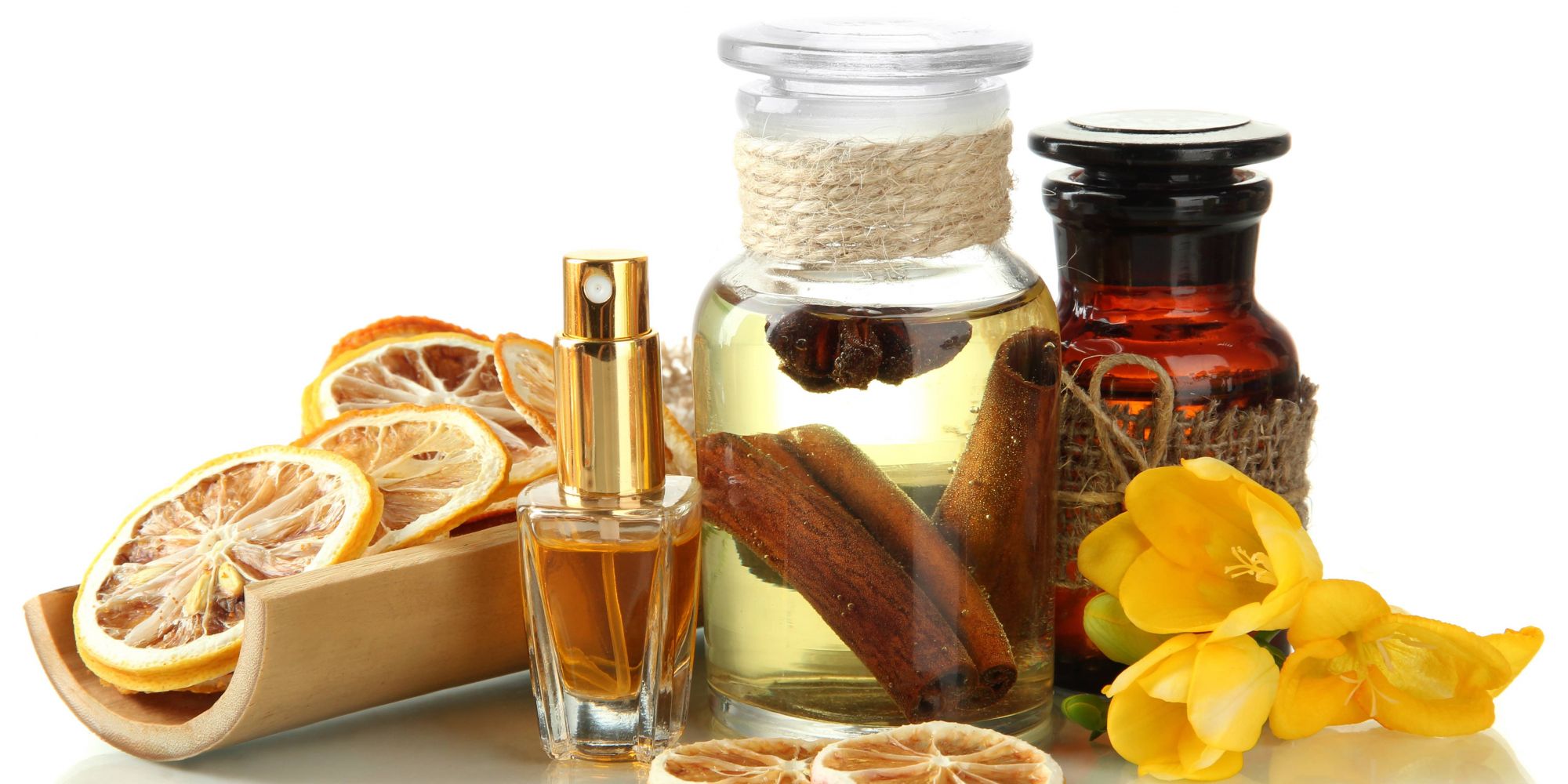How to create your perfume? Creating your own perfume can be an enjoyable and rewarding experience. With the right ingredients and a little creativity, you can create a fragrance that is unique to you. In this article, we will provide you with the steps you need to take to create your own fragrance, including choosing your ingredients, designing your scent, and testing your creation.
Choosing your ingredients
- Understanding fragrance notes: The first step in creating your own perfume is to understand fragrance notes. Fragrance notes are the individual scents that make up a perfume. There are three main fragrance notes: top notes, middle notes, and base notes. Top notes are the initial scents that you smell when you first apply a fragrance. They are usually light and fresh scents like citrus, floral, or spicy scents. They are usually more complex scents that provide depth to a fragrance. Base notes are the scents that remain after the middle notes have evaporated. They are usually deeper and more long-lasting scents like vanilla, musk, or wood scents.
- Selecting your ingredients: Once you have a good understanding of fragrance notes, it’s time to select your ingredients. You can choose ingredients based on their fragrance notes or simply based on your personal preferences. It is best to start with a small number of ingredients and gradually build upon that. Some popular ingredients include essential oils like lavender, rose, and lemon, as well as carrier oils like jojoba and sweet almond oil.
Designing your scent
- Creating your fragrance formula: The next step in creating your own perfume is to create your fragrance formula. A fragrance formula is the specific combination of fragrance notes that make up a perfume. When designing your scent, you will want to consider the fragrance notes you have chosen and how they will work together. You will also want to consider the strength of each fragrance note and how you want the fragrance to evolve over time.
- Experimenting with ratios: Once you have created your fragrance formula, it’s time to experiment with ratios. This involves adjusting the amounts of each fragrance note until you have created the scent you are looking for. You can start by using a ratio of 30% top notes, 50% middle notes, and 20% base notes and adjust from there. Keep in mind that it is important to take notes of your formula as you experiment so you can repeat your success.
Testing your perfume
- Testing on yourself: The next step in creating your own perfume is to test your creation. The best way to do this is to apply a small amount of your fragrance to your skin and wait to see how it evolves over time. You may also want to try it on a friend or family member to get a second opinion.
- Making adjustments: Based on the results of your test, you may want to make some adjustments to your fragrance formula. If you find that your fragrance is too strong or too weak, you can adjust the ratios of the fragrance notes. If you find that the fragrance does not evolve over time as you would like, you can add or remove ingredients until you have the scent you are looking for.
Storing and using your fragrance
- Storing your fragrance: Once you have created your perfect scent, it is important to store it properly. Light, heat, and air can all affect the quality and longevity of your fragrance, so it is best to store it in a cool, dark place. You can use a dark glass bottle with a tight-fitting lid to protect your fragrance from light and air.
- Using your fragrance: When it comes to using your fragrance, less is often more. It is best to apply a small amount of fragrance to your pulse points, such as your wrist, neck, and behind your ears. The heat from these areas will help the fragrance to evolve and last longer. You can also layer your fragrance by using it in combination with other products, such as body lotion or shower gel.
Tips for creating a successful fragrance
- Keep it simple: When creating your own perfume, it is best to keep it simple. Too many ingredients can make your fragrance overwhelming and confusing. Stick to a small number of fragrance notes and build upon that.
- Be creative: Creating your own fragrance is an opportunity to be creative and express yourself.
- Take notes: It is important to keep a record of your fragrance formula and any adjustments you make. This will make it easier to recreate your scent in the future and remember the success you had with certain ingredients and ratios.
- Have fun: Creating your own perfume should be an enjoyable and fun experience. Don’t get too caught up in the process and remember to have fun!
In conclusion, creating your own perfume can be an enjoyable and rewarding experience. By following these steps, you can create a fragrance that is unique to you and reflects your personal style. Whether you are looking to create a signature scent or simply want to experiment with fragrance notes, creating your own perfume is a great way to express yourself and have fun in the process. Remember to take your time and be patient as you experiment with different formulas and ratios.

Leave a Reply